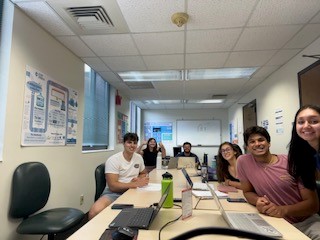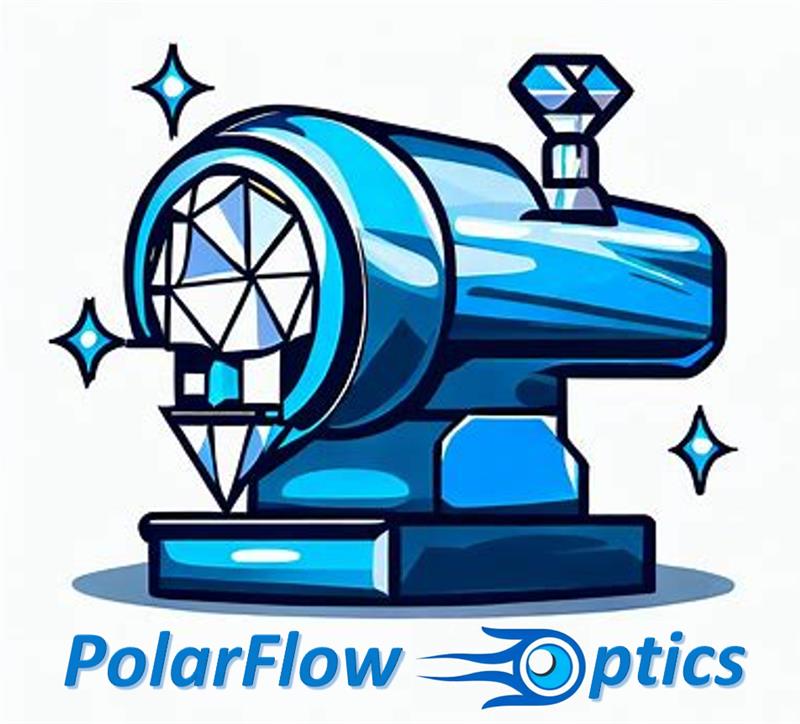In our recent project update, we had the valuable opportunity to attend a workshop titled “From College to Career – Success Tips for the New Engineer.” The event was a captivating blend of insightful advice and engaging stories, shared by an experienced Raytheon employee, who aimed to guide us towards success in the professional world. It was a fun and informative chat that left us feeling inspired and better prepared for our upcoming journey as engineers.
On the project front, we made significant strides in developing our heat-jacketed nozzle concept. We delved into the realm of ANSYS simulations, meticulously analyzing parameters like velocity, temperature, and heat flux, to ensure our design was not just innovative but also practical. These simulations are helping us fine-tune our concept for maximum efficiency.
In addition to our simulation work, we ventured into the realm of procurement this week. We contacted several companies, sending out emails inquiring about their ability to supply us with a heat exchanger that aligns with our project’s unique constraints. It’s an exciting phase as we move closer to turning our conceptual design into a tangible reality, and we can’t wait to see where this journey takes us.





